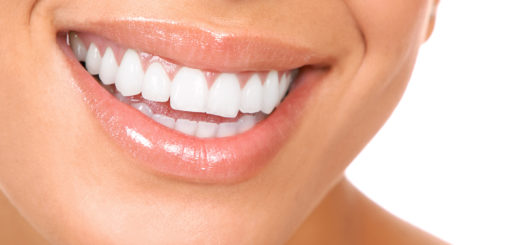Everything you need to know about the natural looking filling – Dental Inlays
Everything you need to know about the natural looking filling – Dental Inlays
Apart from getting that silver dental filing, you also have an option of getting getting that natural looking fillings. The natural looking fillings are called as Dental Inlays. Patients opt for it because at times they get self conscious with the silver dental filing as it is visible alot.
Dental Inlay is a restoration type that looks like a natural teeth and is easily fixed on the tooth that is damaged. It is fixed to support the tooth fillings but still it needs a Dental Crown. The purpose of Dental Inlay is not just to give a natural look to the teeth but it also covers the portion of the teeth that is used for chewing purpose. On the other hand, Dental Onlay is used to cover the fractured part.
Although both of them – Dental Inlay & Dental Onlay – serve the same purpose which is repairing the teeth’s chewing part but in certain cases they are also used to repair teeth with other options available, such as Dental Fillings and Dental Crown.
When a dentist uses an inlay then the tooth-to-restoration margin may be finished and it will be polished to a very fine line of contact so that recurrent decay is reduced to a considerable level. But when a direct composite filling pastes are used they shrink a few percent in volume during hardening. This can lead to shrinkage stress and rarely to marginal gaps and failure.
A typical dental inlay procedure is an indirect dental restoration but still this restoration requires a mold made in a lab. Furthermore the treatment requires at least two or more visits. The procedure of this treatment is that once your dentist understands that your tooth will need a Dental Inlay he will give you local anesthesia and then he prepares your tooth. He will create a mold and then a temporary inlay is placed. After all this the mold which your dentist prepared is being sent to lab and an Inlay is prepared just like your tooth. The procedure requires two or three visits but then as time passes by technology has also grown, so there are certain procedures available which do not take two visits even.
You need to take care of the inlays as well and the only way to do it is by following a hygienic regime and visiting regularly to your dentist. You dentist will be able to gauge the condition and if it is required to be worked upon more.


